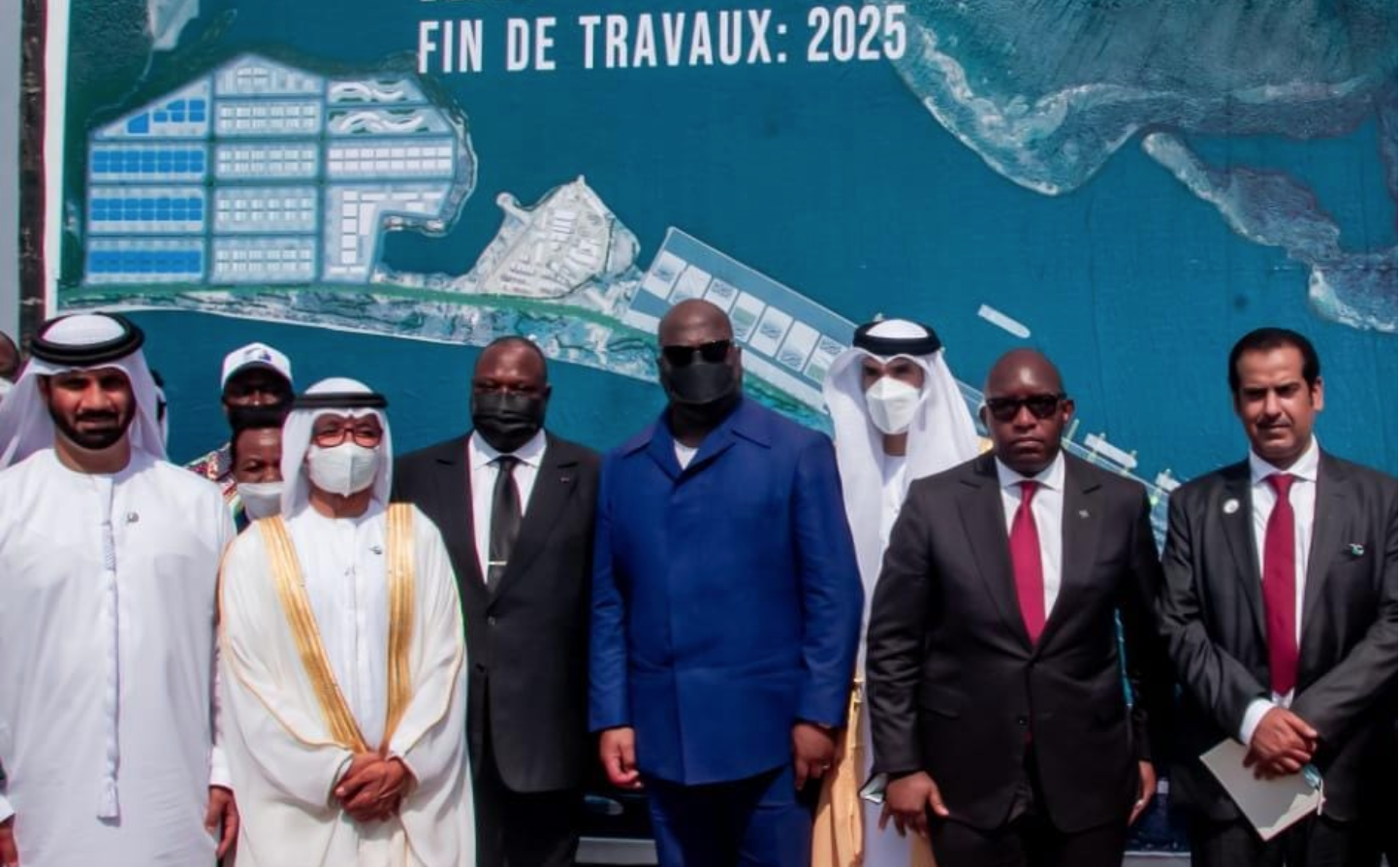Read more
Shell’s production of liquids and natural gas in Africa has been halved in only two years. The major closed 2021 with a liquids production of only 89,000 barrels per day (bpd) from the continent, compared with 183,000 bpd at the start of 2020. Similarly, its African production of natural gas was down to 448 MMscfd in Q4 2021 compared with 784 MMscfd in Q1 2020. Source: Shell quarterly earning results A Focus on African Offshore Only The data represents output volumes for both Nigeria and Egypt, where Shell is currently rationalizing its portfolio. In Egypt, it sold its onshore upstream assets in the Western Desert to a consortium of Cheiron Petroleum Corp. and Cairn Energy in September 2021 for $646m. Meanwhile, it also recently acquired seven new offshore concessions in the West Mediterranean, the Red Sea and the West Nile Delta. Shell’s strategy to exit onshore assets and focus on offshore projects also applies to Nigeria. The company is currently selling its 30% interest in the Shell Petroleum Development Co. joint-venture (SPDC JV). The JV still operates as many as 19 onshore and shallow-water licences, where Shell’s interest represented 60,000 barrels per day (bpd) of liquids and 484MMscfd of gas at the end of 2020. A Decreasing Pipeline of pre-FID African Projects Moving forward, Shell will be focusing only on African LNG projects or deep-water development projects with attractive economics. And their number is limited. In Nigeria, it holds a 26% interest in Nigeria LNG where the already delayed Train 7 project will be adding another 7.6 million tonnes per annum (mtpa) of liquefaction capacity to the Bonny Island LNG export terminal. Related to Train 7 is Shell’s HI Development on OML 144 where it has a 40% interest. HI is expected to produce 75,000 barrels of oil equivalent per day (boepd) and be a major supplier of feedstock to Train 7 once commissioned in the middle of this decade. Finally, Shell confirmed once again in its Q4 2021 earnings results that it continues to explore a few pre-FID options for the further development of its deep-water Bonga asset on OML 118. The PSC for the block was renewed in 2021. As a result, the major continues to study the Bonga Main Life Extension & Upgrade project with a projected peak production of 60,000 boepd and the Bonga North Tranche 1 subsea tie-back project with a projected peak production of 120,000 boepd. Both projects remain attractive because of their ability to add significant production volumes from the existing Bonga FPSO. However, the Bonga South-West/Aparo project, which plans to utilise a brand new FPSO with a capacity of 150,000 bopd, is delayed. Shell recently put the bidding process on hold for the project. While it continues to accept open bids, the major has declared it would not be proceeding with the development in the immediate future.
TotalEnergies, CNOOC and the Uganda National Oil Co. have taken a final investment decision (FID) today on the development of onshore oilfields around the Lake Albert in Uganda, and a massive export pipeline to Tanzania. The first discovery was made in January 2006 by Hardman Resources at the Mputa-1 well. Since then, over 1.4bn barrels of recoverable oil have been proven in the area. However, repeated tax disputes with the Government of Uganda and lack of refining and export infrastructure constantly delayed their development. The project was put back on the table only in April 2020 when authorities agreed the sale of TullowOil’s entire assets in Uganda to TotalEnergies for $575m. This sale was officially completed in November 2020, making TotalEnergies operator of most discoveries and finally paving the way for a final investment decision (FID). TotalEnergies is now operator of the Tilenga oil project, where first oil is expected in 2025 with a peak production projected at 190,000 barrels of oil per day (bopd). The Tilenga project covers six oil fields within Contract Area CA1, License Area LA-2 (North) and Exploration Area EA-1A, all located within the Albertine Graben in Western Uganda. Plans for the project include the drilling of 426 wells from 31 well pad locations, supported by a network of underground pipelines to collect oil production and transport it to a 200,000 bopd central processing facility (CPF) built within the planned Industrial Area in the Buliisa District. Once treated at the CPF, oil will be exported via the 1,443 km East African Crude Oil Pipeline (EACOP) that will terminate at an oil depot and an offshore loading terminal in Tanga, Tanzania. On its side, CNOOC is operator of the Kingfisher oil project with a projected peak output of 40,000 bopd. Advancing the project’s low-cost and low emissions, TotalEnergies was able to fast-track the FID and get it approved less than two years after it acquired its operated interest from TullowOil. “The design of the facilities incorporates several measures to limit greenhouse gas emissions well below 20 kg CO2eq/boe, including the extraction of Liquefied Petroleum Gas (LPG) for use in regional markets as a substitute for burning biomass, and the solarization of the EACOP pipeline,” the company said in a statement. In parallel, the Government of Uganda is also hoping to build a 60,000 bpd refinery on site to process its domestic crude. The Project Framework Agreement was signed with the consortium comprising YAATRA, BHGE, LionWorks, and Saipem in 2018 to develop, finance, construct and operate the greenfield oil refinery. Full details on the Tilenga Oil Project and the EACOP pipeline project are available in the “Projects” section within your Hawilti+ research terminal.

